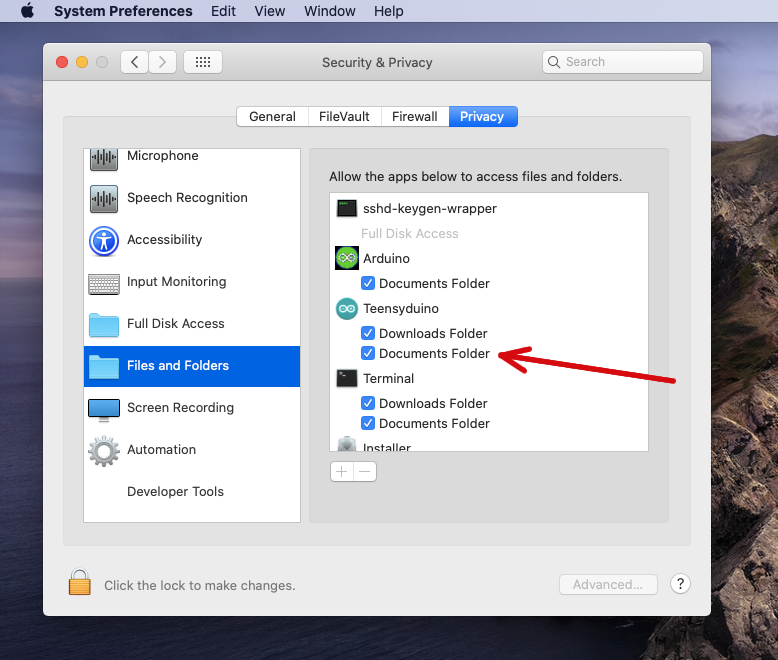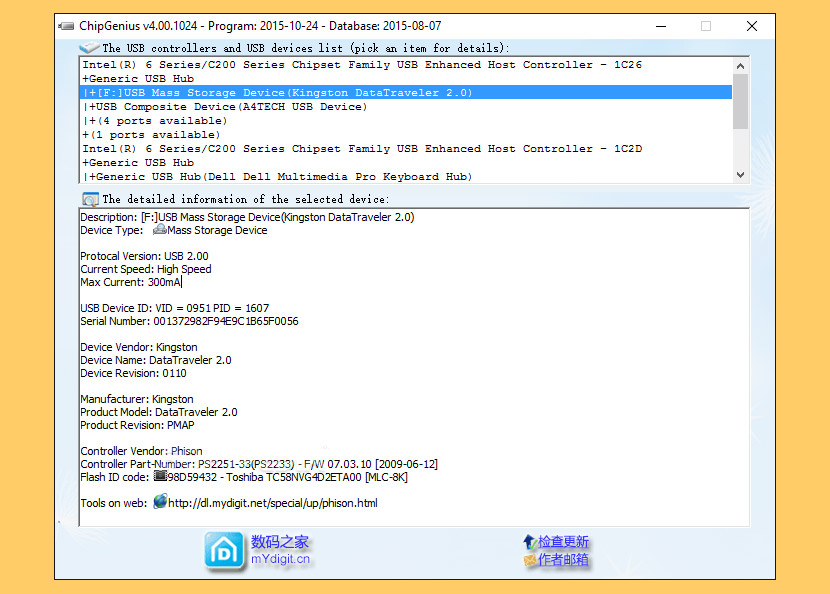
If the logic level of the microcontroller is different than the SD card, level shifter needs to be used for converting the line voltages. But to understand the connections, let us analyze this fairly simple circuit. Most development boards have a dedicated SD card slot. It should be kept in mind that throughout the communication between the two devices, the micro-controller will be sending out the clock. clock, chip select, data in and data out. Once the microcontroller is in the SPI mode, communication between the master and the slave is done via 4 pins viz. The micro-controller sees the SD card as an addressable sector on which read/write functions are possible.

The SD cards have a microcontroller that shows their availability to the master controller(microcontroller). Most micro-controllers use the SPI communication protocol to interface with the SD cards.

The working voltage range of SD family is 2.7V to 3.6V and this is indicated in the operation condition register (OCR). Since the SPI is a widely used protocol and it is available in most low-cost microcontrollers, the SPI mode is the widely used interface in low cost embedded systems.
SD CARD SERIAL NUMBER WINDOWS XP3 LICENSE
The native interface uses four lines for data transfer where the microcontroller has SD card controller module and it needs separate license to use it. SD card has a native host interface apart from the SPI mode for communicating with master devices. To be specific, we will be dealing with the use of SD cards in small embedded systems. What we are going to learn is the use of SD cards in an embedded system.

The microSD is the miniaturized SD memory card format with a small form factor and is widely used in various electronic devices. Some of the standard variations include SD, SDHC, SDXC, SD-ultra high speed etc. There are various topics related to the SD card such as the different device families, speed classes, smart cards, card security and so on and it is used in various markets like digital cameras, personal computers, and embedded systems. Therefore, to meet the market requirements, the SDA was set up as a non-profit organization to promote and create SD Card standards. Since its inception back at the start of the century, the demand for this medium-sized, energy and space-efficient, the memory storage device has been growing at a fast rate. The secure digital card (SD) is a low cost, non-volatile memory card format developed by the SD Card Association.


 0 kommentar(er)
0 kommentar(er)
